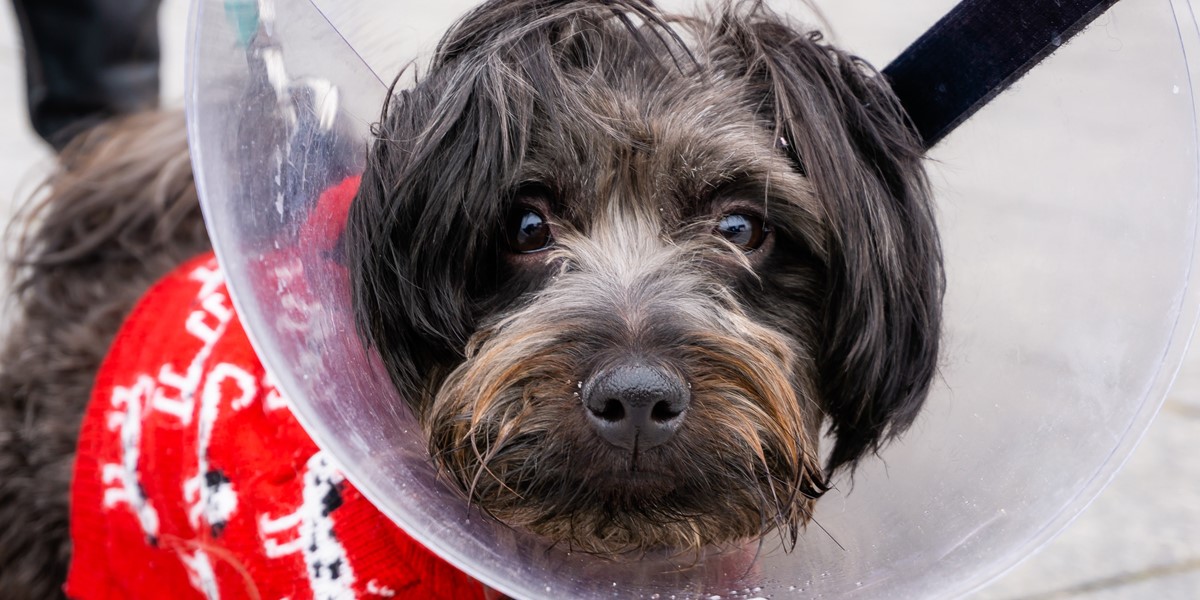
The role of laser therapy in wound healing

We all wish the happiest and healthiest lives for out pet, which is why when they become unwell we want to do the best for them and help them to get back to normal as fast as possible. Often one of the most frustrating things, once our pets have received treatment, is waiting for wounds to heal. Whether traumatic, post-surgery, or an ongoing irritation, we are told by the vet to keep our pets rested, keep the bucket collar on, and the wound or dressing clean…for two, maybe three or even six weeks or more. Although we know this is always in the best interests of our pet, it often seems like an impossible task, especially when they begin to feel better and are keen themselves to get back to normal!!
There are several stages to wound healing, all of which can be slowed by excessive movement, infection and interference by licking/nibbling.
Firstly, clots are formed to stop any bleeding and white blood cells are recruited to clean up bacteria, debris and non-vital tissue. This is called the inflammatory phase and occurs in the first 24-48 hours. Here, veterinary intervention can assist by removing non-vital tissue surgically or with specialist dressings and cleaning or flushing the wound to remove as much contaminated material as possible.
The next phase is called the proliferative phase, lasting two to three weeks. It involves cells called fibroblasts, which produce collagen giving strength and structure to the wound, creating a bed of pink granulation tissue. New skin cells can then begin to grow over this healthy granulation bed. At this stage the wound may need to be protected and kept moist with dressings, to optimise new skin growth. Skin grafts or surgical closure of the wound can also be done at this stage to speed healing.
Finally, the maturation phase, which involves re-organising and cross-linking the collagen fibres to create less dense and stronger scar tissue. This phase can take months to years.
As you can see, wound healing is a complex and fragile process and sometimes requires a lot of patience, not always easy in a bouncy pet. Thankfully now we have a new technology that can assist with any stage of this fragile process, to get our pets back to full health and that bucket collar off so much faster: class IV laser therapy. Laser therapy involves shining a high intensity infra-red beam of light into injured tissues. This has several effects:
- encouraging an increased blood supply to the area – this creates a highly oxygenated environment ideal for wound healing, and aids delivery of white blood cells and nutrition to tissue
- reducing swelling – whether due to surgery or trauma
- delivering energy to the cells that are working hard to repair the wound, hence stimulating the production of granulation tissue and new skin growth. The result is increased wound healing by up to 35%
- improving collagen production, which improves the appearance and strength of scars after healing
As a noninvasive, pain-free technique, it is very well tolerated by patients. An example of the success of laser therapy can be seen in the following case study: Laser treatment for wound healing - Case Study